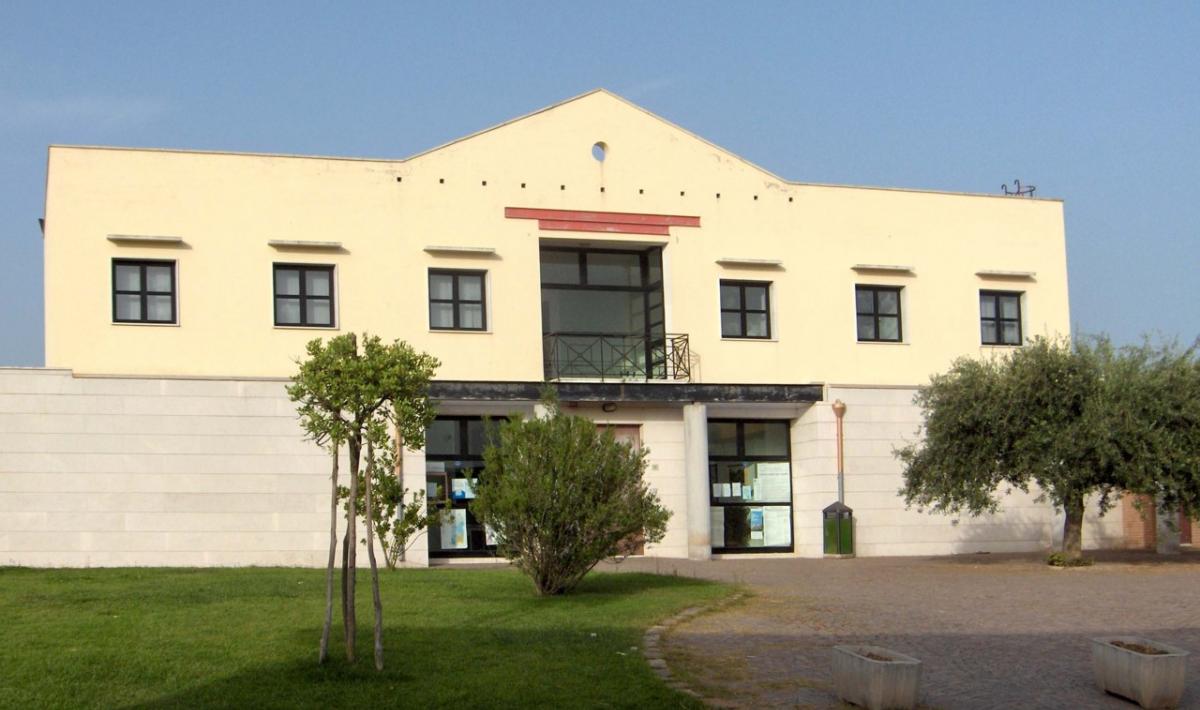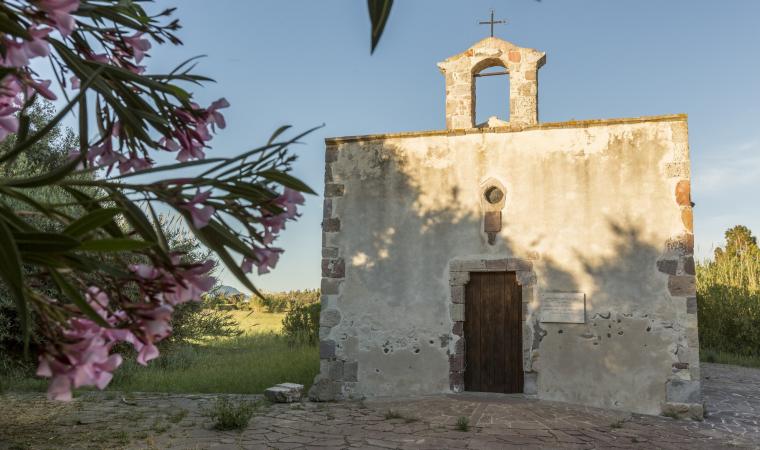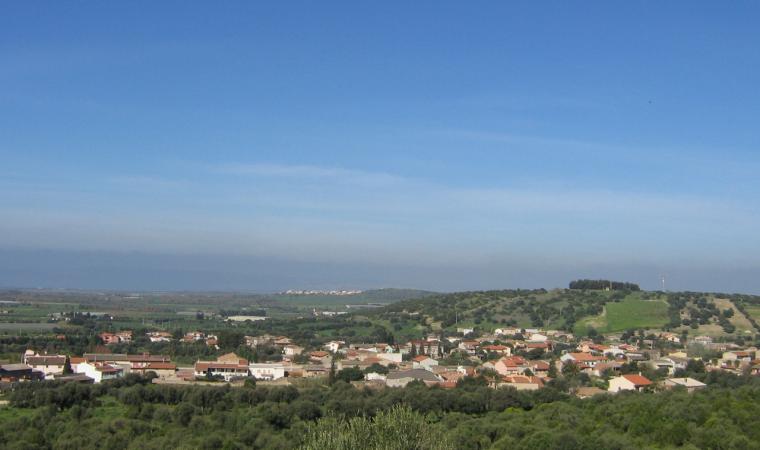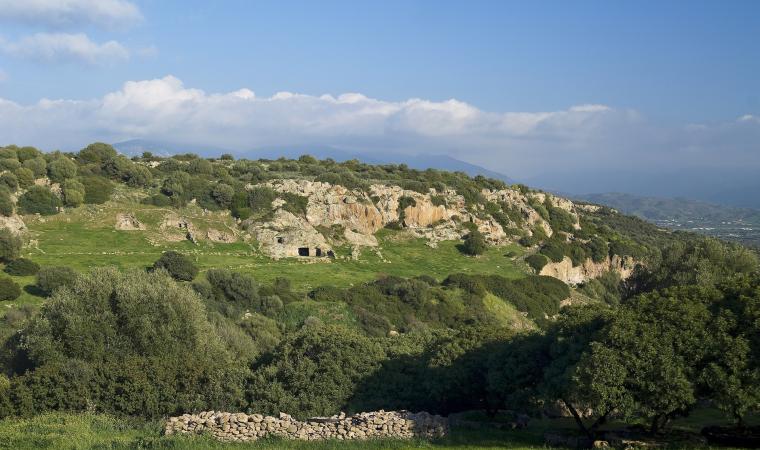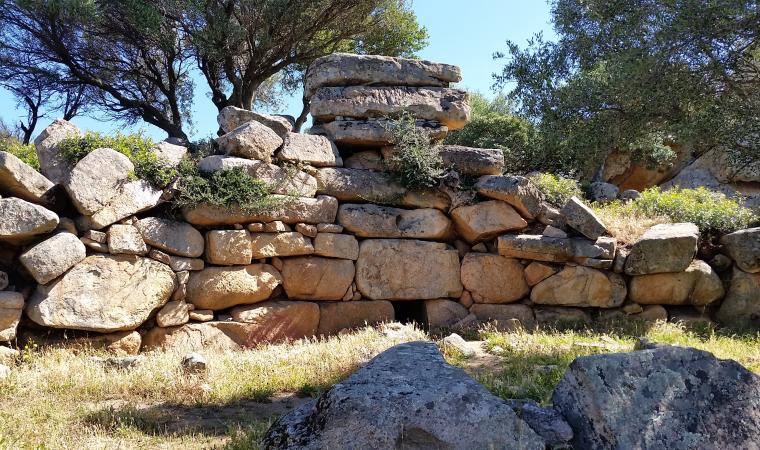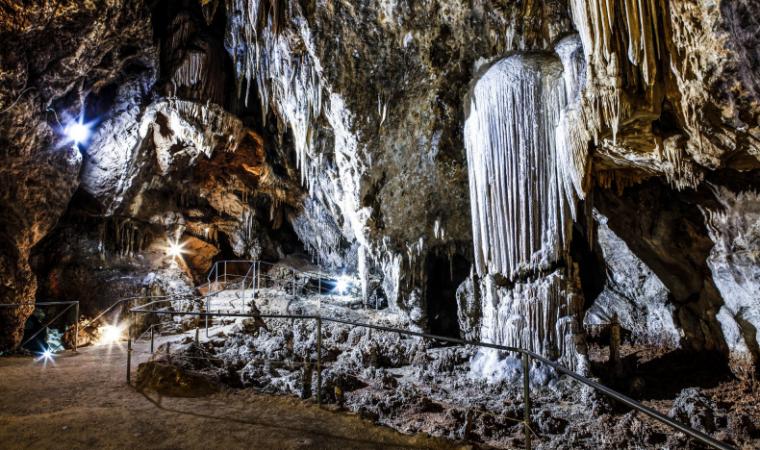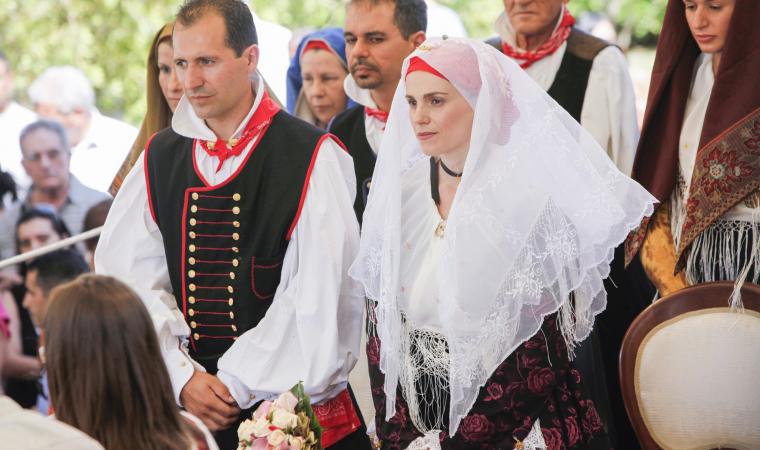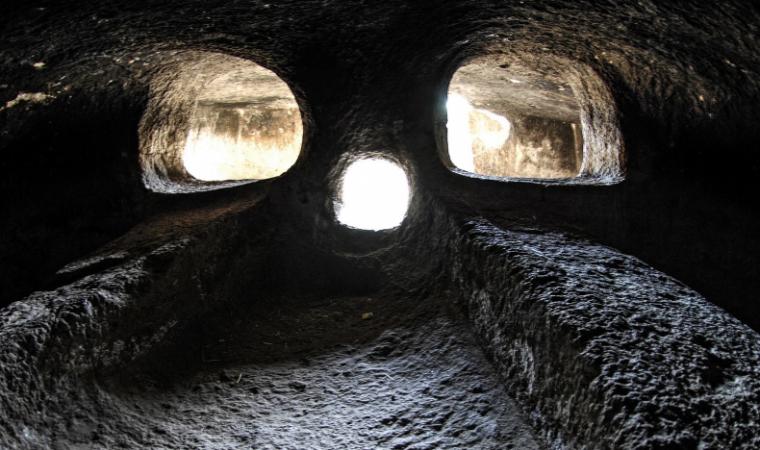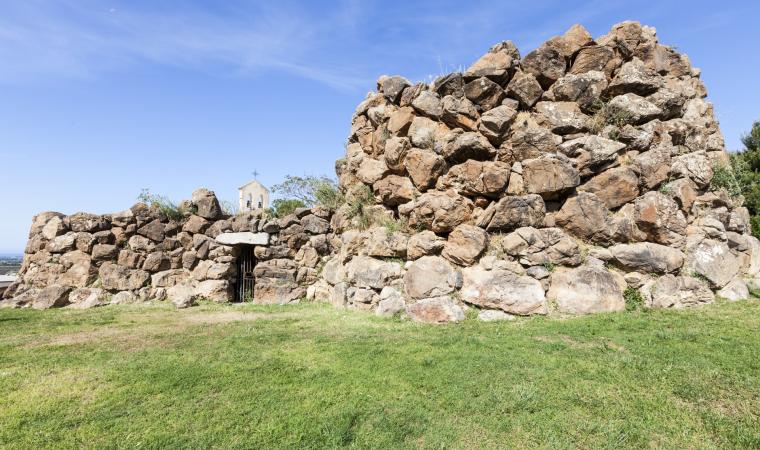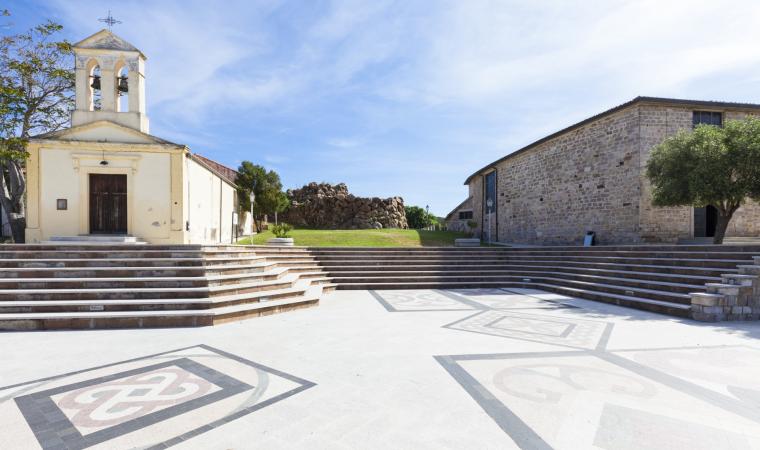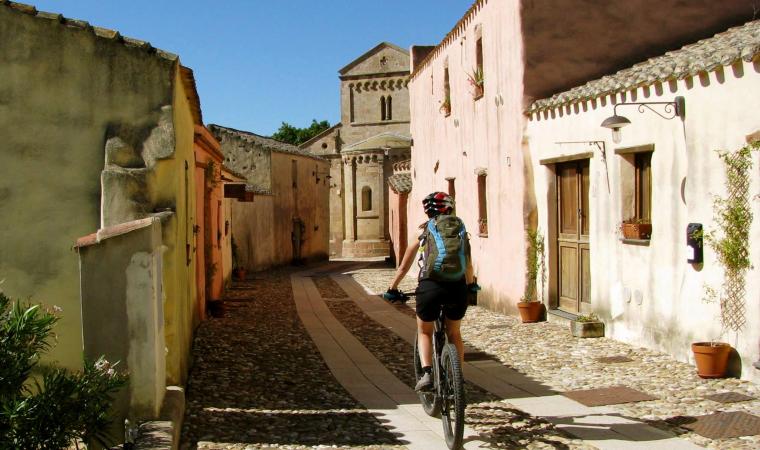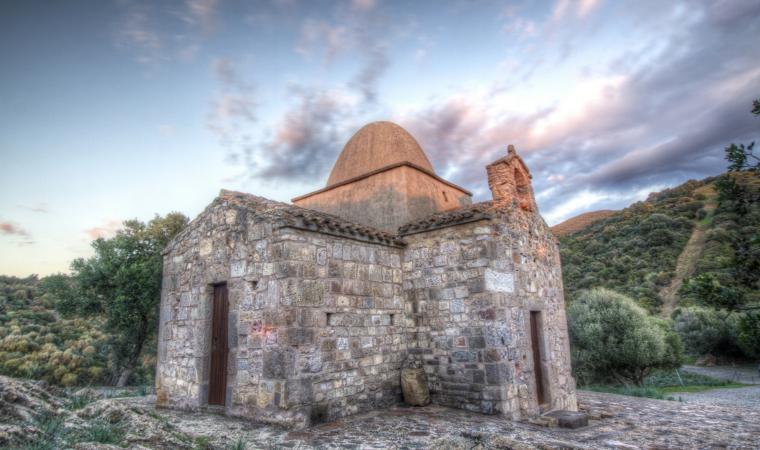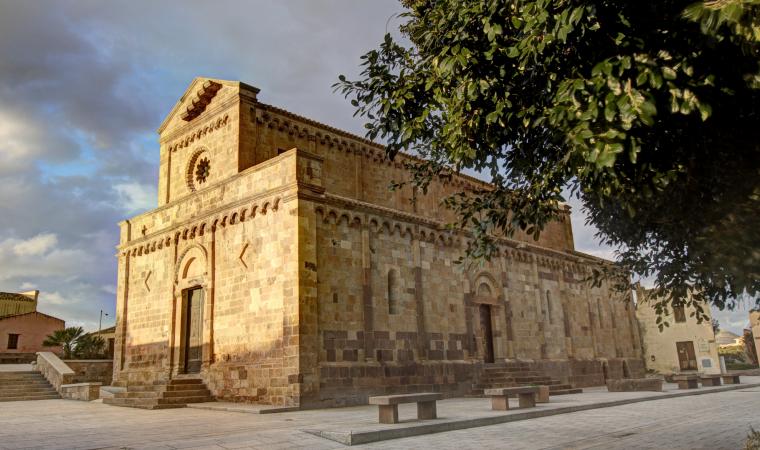Stretching along a plain surrounded by undulating hills, it shares its name with the torrent that crosses the territory and flows into the lake of Monte Pranu. Piscinas is a rural village with less than 900 inhabitants, located at the centre of the lower Sulcis mining basin, historically linked (and at one time, also administratively) to Giba, an autonomous municipality since 1988. Its main resources are the cultivation of artichokes, citrus groves, vineyards and sheep-breeding, as well as a bentonite factory. Its fame is also connected to the artisan production of Sardinian wickerwork.
The first human remnants in the territory date back to the ancient Neolithic period (VI millennium BC), found in the cave of Su Benazu, upstream of Miana and in the Tatinu rock. The Domus de Janas of Tuttui and Monte Medau date back to the end of the Neolithic period. Remains from the Bronze Age, which can be admired in the place of worship of Monte Sa Turri, in the fortifications of Monte Murrecci and in the Nuraghe Corongiu Longus, De Frois, Is Ulmus, Matas, Santa Lucia, Santus and S'Acqua Callenti, where there are thermal springs, today called Sa Cracchera, which were utilised in the 19th century and contributed to the development and renown of the town. Not to be missed are the Phoenician-Punic and Roman ruins, in particular the fortifications of Pani Loriga, built to defend the territory from Saracen raids, which gradually weakened the territory through to the early Middle Ages, when it was completely depopulated. After the year 1000, thanks to the work of a community of monks, a village was established on the site of the current one. During the domination of the Judicatus of Caralis and maritime republics, it was initially called Piscinae, then Pixinas. From 1337, passing to the Aragonese, it became the Villa (or ‘Salto’) di Piscinas. In 1538, it was subjected to enfeoffment by the Spanish patrician family of the Salazar, who held it for a long time and built Villa Salazar on what is today the centre of the town. The ancient noble residence was rebuilt in the late-19th century and renamed Villa Bice, designed by the engineer Giorgio Asproni Junior, nephew of the famous Sardinian deputy and scholar. Today, it can be visited amidst the greenery of a large local park. Alongside is the Piazza San Giorgio, with a beautiful mosaic depicting the saint battling a dragon, and the Chiesa di Nostra Signora della Neve.

